Why did the Java tutorial How to Create Translucent and Shaped Windows fail to work? Are you using the latest version of Java 6 or Java 7?
In the May/June issue of Java Magazine, there was a tutorial on shaped and transparent windows requiring java 7. You will probably need to sign up for Java magazine in order to read it. See if you can get this to run on your system:
import java.awt.*; //Graphics2D, LinearGradientPaint, Point, Window, Window.Type;
import javax.swing.JComponent;
import javax.swing.JFrame;
import javax.swing.SwingUtilities;
/**
* From JavaMagazine May/June 2012
* @author josh
*/
public class ShapedAboutWindowDemo {
/**
* @param args the command line arguments
*/
public static void main(String[] args) {
//switch to the right thread
SwingUtilities.invokeLater(new Runnable() {
@Override
public void run() {
JFrame frame = new JFrame("About box");
//turn of window decorations
frame.setUndecorated(true);
//turn off the background
frame.setBackground(new Color(0,0,0,0));
frame.setContentPane(new AboutComponent());
frame.pack();
//size the window
frame.setSize(500, 200);
frame.setVisible(true);
//center on screen
frame.setLocationRelativeTo(null);
}
}
);
}
private static class AboutComponent extends JComponent {
public void paintComponent(Graphics graphics) {
Graphics2D g = (Graphics2D) graphics;
//create a translucent gradient
Color[] colors = new Color[]{
new Color(0,0,0,0)
,new Color(0.3f,0.3f,0.3f,1f)
,new Color(0.3f,0.3f,0.3f,1f)
,new Color(0,0,0,0)};
float[] stops = new float[]{0,0.2f,0.8f,1f};
LinearGradientPaint paint = new LinearGradientPaint(
new Point(0,0), new Point(500,0),
stops,colors);
//fill a rect then paint with text
g.setPaint(paint);
g.fillRect(0, 0, 500, 200);
g.setPaint(Color.WHITE);
g.drawString("My Killer App", 200, 100);
}
}
}

